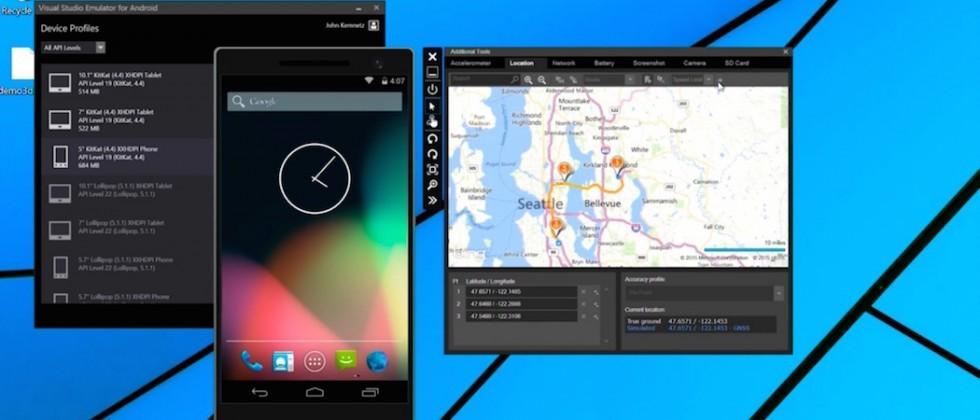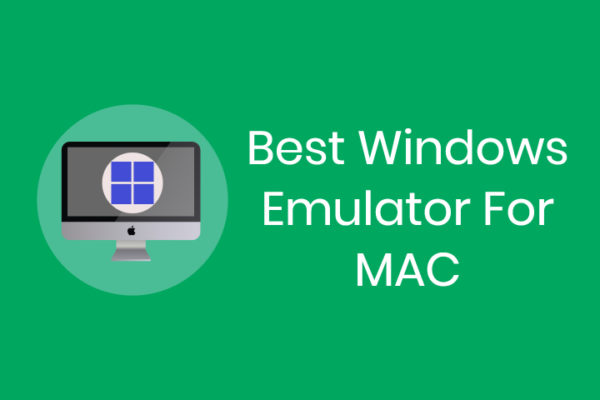
- #Will mac ever get a emulator mac osx#
- #Will mac ever get a emulator install#
- #Will mac ever get a emulator android#
- #Will mac ever get a emulator software#
- #Will mac ever get a emulator simulator#
It was written in C, C++, Assembly, and Python languages. Xenia is perhaps the most popular and effective xbox emulator ever developed to run Xbox 360 games on computers.
#Will mac ever get a emulator mac osx#
#Will mac ever get a emulator android#
If for any reason Android Studio is unable to detect the device, AppStudio will be unable to sync to it. On some devices, you may need to authorize the device when connected to a new desktop.īe aware that this list is defined and populated by Android Studio. Only app file copying is done through the USB cable.Ī connected Android device must also have debugging enabled. Despite being connected by USB, a physical device still needs to be on the same wireless network to use AppStudio Console or to connect to the internet. This does not change the specifications of the player or your own AppStudio apps, which have a minimum specification of API level 19 ( Android 4.4).ĪppStudio can also interact with USB-connected physical Android devices in the same way as Android emulators.
#Will mac ever get a emulator software#
It is recommended that you sync your apps to the emulator before enabling software rendering.
#Will mac ever get a emulator install#
This will copy all apps on your desktop machine to the emulator as well as install AppStudio Player. While your emulator is running, click the Virtual Device button in AppStudio, select your active emulator, and choose Sync All Apps. To install mksdcard, use the following command: sudo apt-get install lib32stdc++6.Īndroid emulators launched in AppStudio do not directly read the app files on your desktop machine. Linux machines have the following specific requirements for emulation: If you have already configured your machine to set up local Make for Android, these paths will already be set. Options to manage the Android virtual devices are made available when the locations for the Android Software Development Kit (SDK) bundled with Android Studio and the Android Native Development Kit (NDK) version 10e are provided.

Android virtual devices can also be managed in Qt Creator, by browsing to Tools > Options, selecting Devices from the table of contents, and opening the Android tab. Install Android Studio and create an Android virtual device to use Android emulators in AppStudio. No coding in Android Studio is necessary. Android emulatorsĪndroid emulation is available on macOS, Windows, and Linux and is contained within Android Studio.
#Will mac ever get a emulator simulator#
If you want to change the simulator, shut down your current simulator first. Only one iOS simulator can run at a time.

Apps running in AppStudio Player on the simulator will also automatically output information to the AppStudio Console. The simulator directly reads and loads app files from your desktop computer, so the player will automatically display all your apps immediately. When a simulator is opened from AppStudio, AppStudio Player automatically installs (if necessary) and opens in it. Open Xcode and click Menu > Xcode > Preferences > Select Components, and then choose the simulator version you want to download. If you require a different version of the iOS simulator than is provided by your Xcode installation, you can download additional simulators in Xcode. The minimum supported version of Xcode and the Command Line Tools is 7.0.

For these simulators to be visible on the AppStudio Virtual Device menu, you must also install the Xcode Command Line Tools. When you install Xcode from the Mac App Store, a number of simulators are also installed to your computer. The iOS simulator functionality is contained within the Xcode developer tools however, no coding within the Xcode framework is necessary. Then, in AppStudio, click the Virtual Device button to open a menu that lists all virtual devices found. To use a virtual device with AppStudio, you must first install development tools for your target environment. Support connectivity to the physical device. Use the same app files that you edit in AppStudio.Ĭopy app files from AppStudio to the virtual device.


 0 kommentar(er)
0 kommentar(er)
